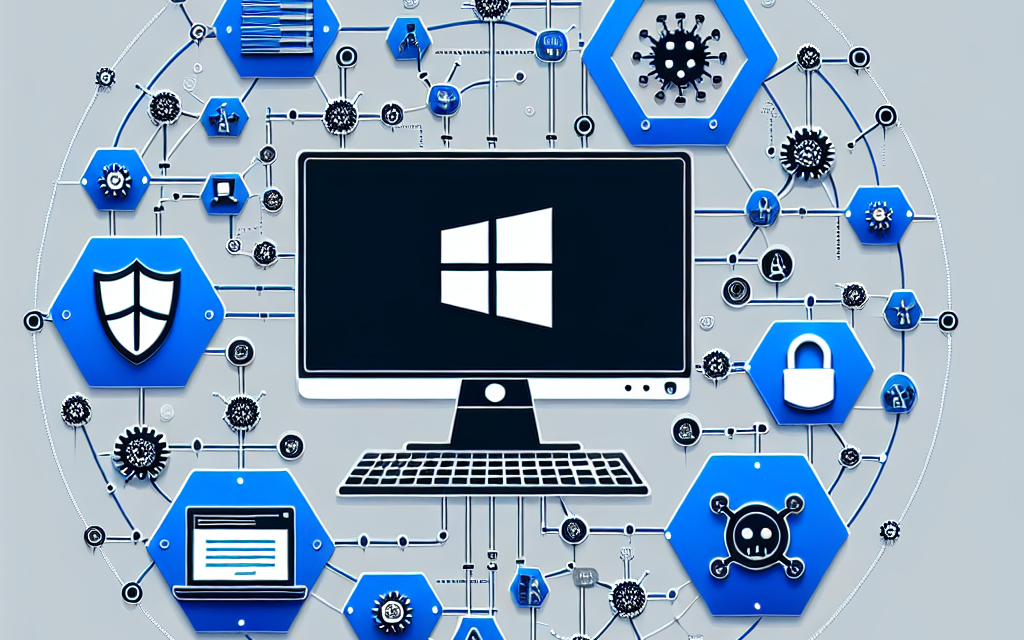Introduction
In the world of cybersecurity, credential relay attacks stand out as a significant threat, particularly in Windows Server environments. These attacks exploit the authentication mechanisms in place to gain unauthorized access to sensitive information and resources. In this article, we’ll delve into the mechanisms behind credential relay attacks, how they operate within Windows Server environments, and strategies for effective mitigation.
What is a Credential Relay Attack?
Credential relay attacks, also known as "NTLM relay attacks," occur when an attacker captures and forwards authentication requests to impersonate a user. This type of attack primarily targets the NTLM (NT LAN Manager) protocol, which is used for authentication in Windows environments. In simple terms, the attacker takes valid credentials from one connection and uses them to authenticate to another service, potentially gaining access to sensitive resources without needing the original user’s credentials.
Mechanisms of Credential Relay Attacks
1. Eavesdropping on Network Traffic
Attackers can use tools like Responder, SMBRelay, or other sniffing tools to capture NTLM hashes going through the network. Once an attacker captures these hash values, they can relay them to another service that supports NTLM authentication.
2. Lateral Movement
Once the attacker gains access through a relay, they can move laterally within the network. This access can be used to escalate privileges, gather sensitive information, or deploy malware across the environment.
3. Spear Phishing and Social Engineering
Credential relay attacks can begin with social engineering tactics, such as spear phishing emails that trick users into providing their credentials, giving attackers a starting point for their intrusion.
4. Exploiting Misconfigurations
Weaknesses in network configuration, such as open SMB ports (445) or unpatched vulnerabilities, can allow attackers to readily exploit systems.
Mitigation Strategies
1. Use Stronger Authentication Protocols
Switching from NTLM to Kerberos authentication can drastically reduce the risk of relay attacks. Kerberos is generally more secure and provides mutual authentication, which helps verify the identity of both the user and the server.
2. Network Infrastructure Defense
Implementing network segmentation can limit an attacker’s ability to move laterally within a network. By isolating sensitive systems, organizations can mitigate the damage that can be done after a successful credential relay attack.
3. Enforce Security Policies
Restrict NTLM usage through group policy to limit its application. Configure Windows to use NTLMv2, which is less susceptible to relay attacks compared to NTLM. Remove any unnecessary services that might be vulnerable to attack.
4. Monitoring and Incident Response
Deploy a robust monitoring solution to detect unusual authentication attempts or authenticated sessions. Setting alerts for suspicious network activity can help organizations react faster to potential relay attempts.
5. User Education and Awareness
Educating users about the risks of credential storage, phishing scams, and the importance of using strong, unique passwords can aid in reducing the effectiveness of initial access tactics employed by attackers.
6. Regular Security Audits
Conducting regular audits of network configurations, security policies, and user access privileges is essential in maintaining a strong security posture. Audits help identify misconfigurations and areas of potential risk early on.
7. Utilize Security Protocols and Tools
Leverage security tools such as Windows Defender Advanced Threat Protection (ATP), firewalls, and network intrusion detection systems (NIDS) to bolster protective measures against credential relay attacks.
Conclusion
Understanding credential relay attacks and the strategies to mitigate them is vital for any organization that relies on Windows Server environments. By adopting a multi-layered approach that encompasses stronger protocols, user education, and robust monitoring, organizations can significantly diminish the risks associated with credential relay attacks. Cybersecurity is a collective responsibility, and awareness is the first step toward a more secure environment.
For more insights on Windows Server security practices, join us on WafaTech Blogs, where we continually explore the evolving landscape of technology and security.





